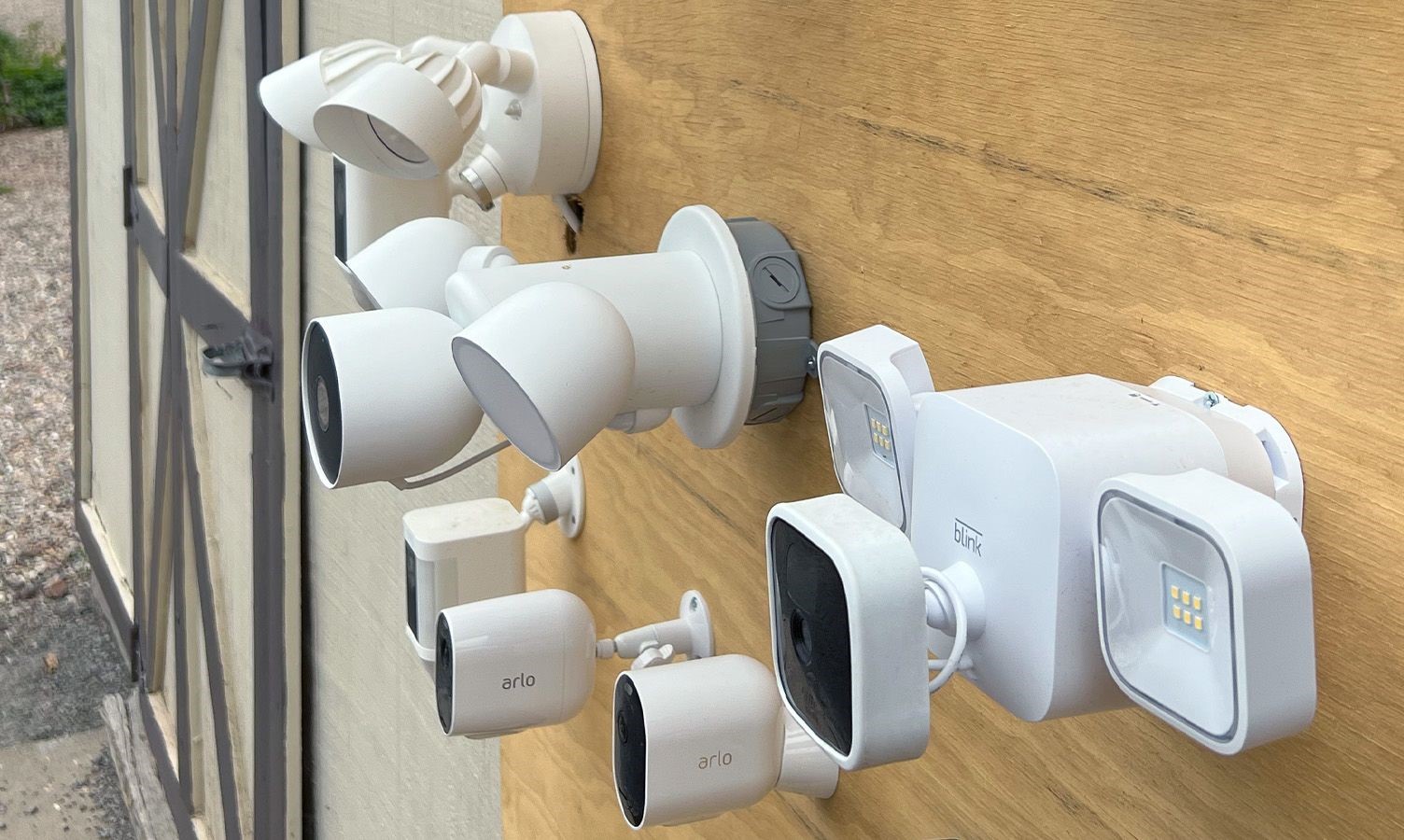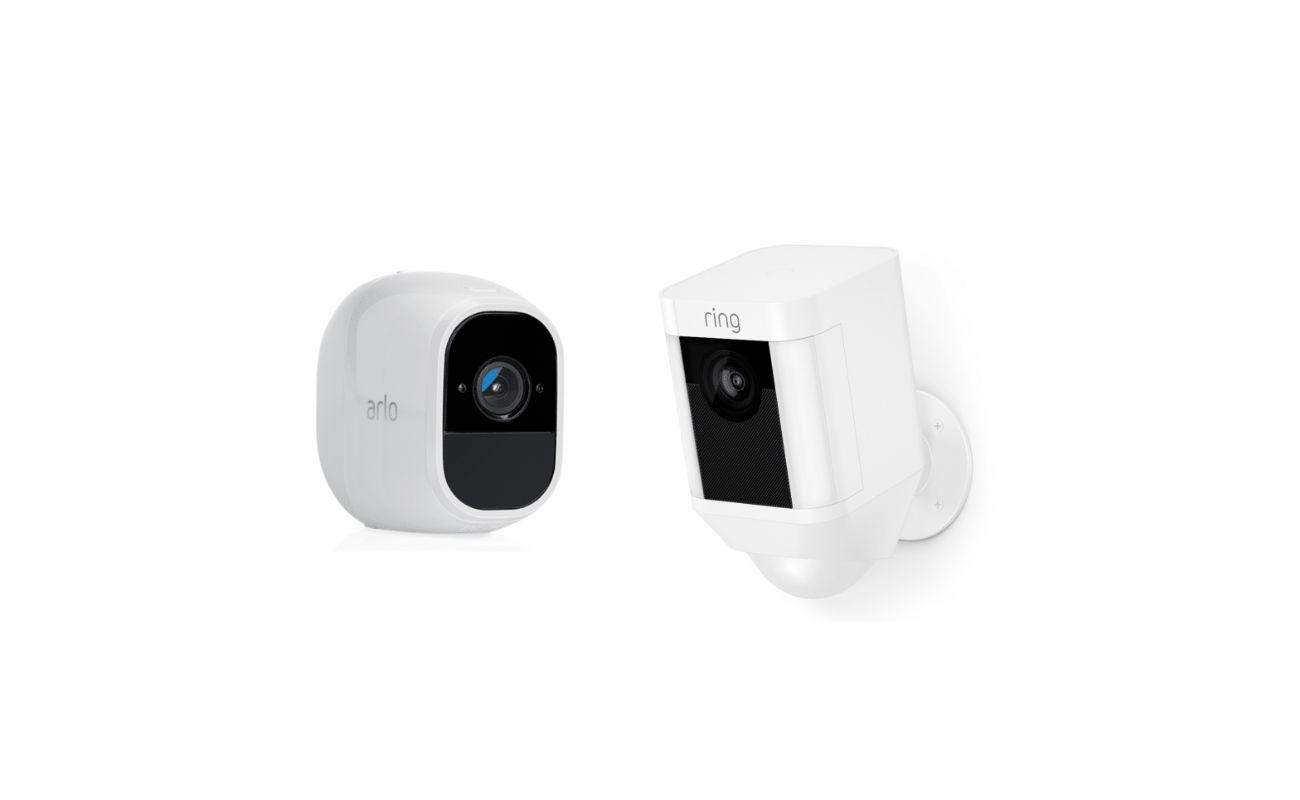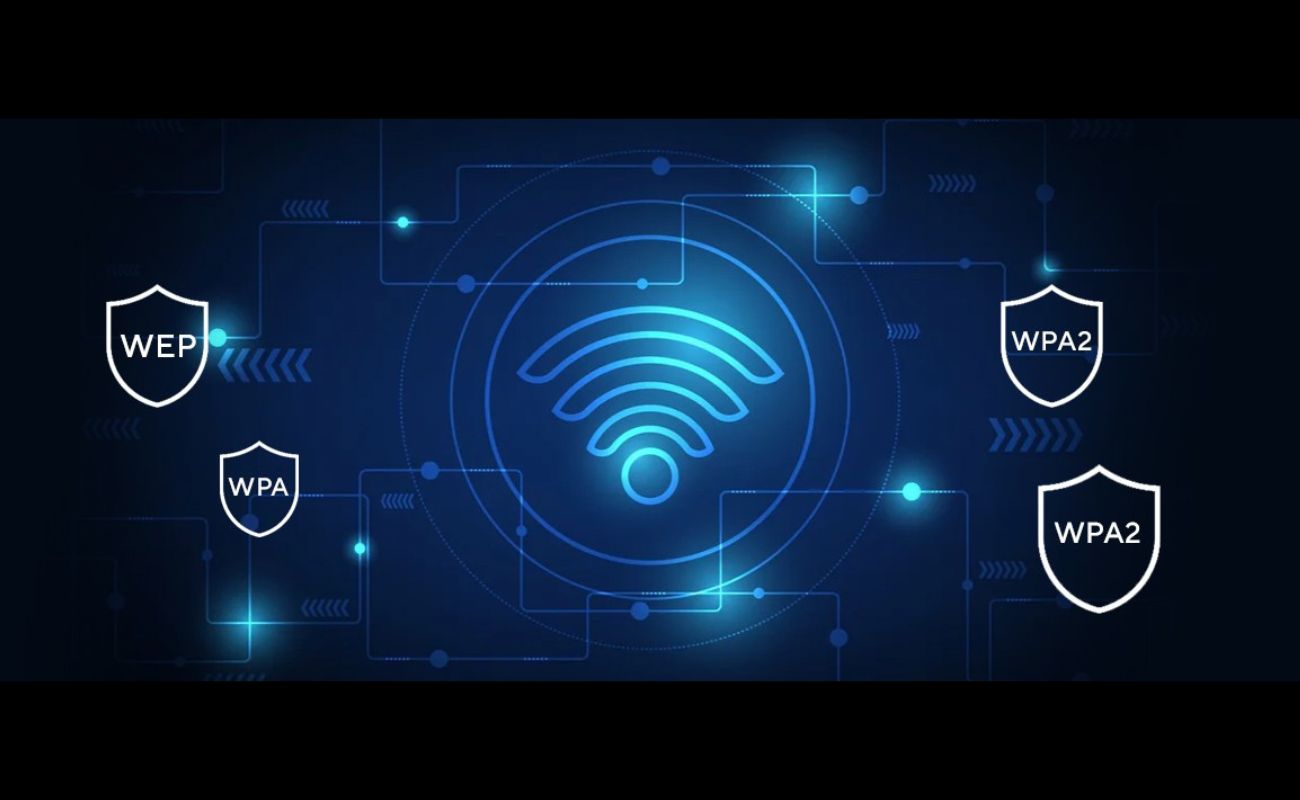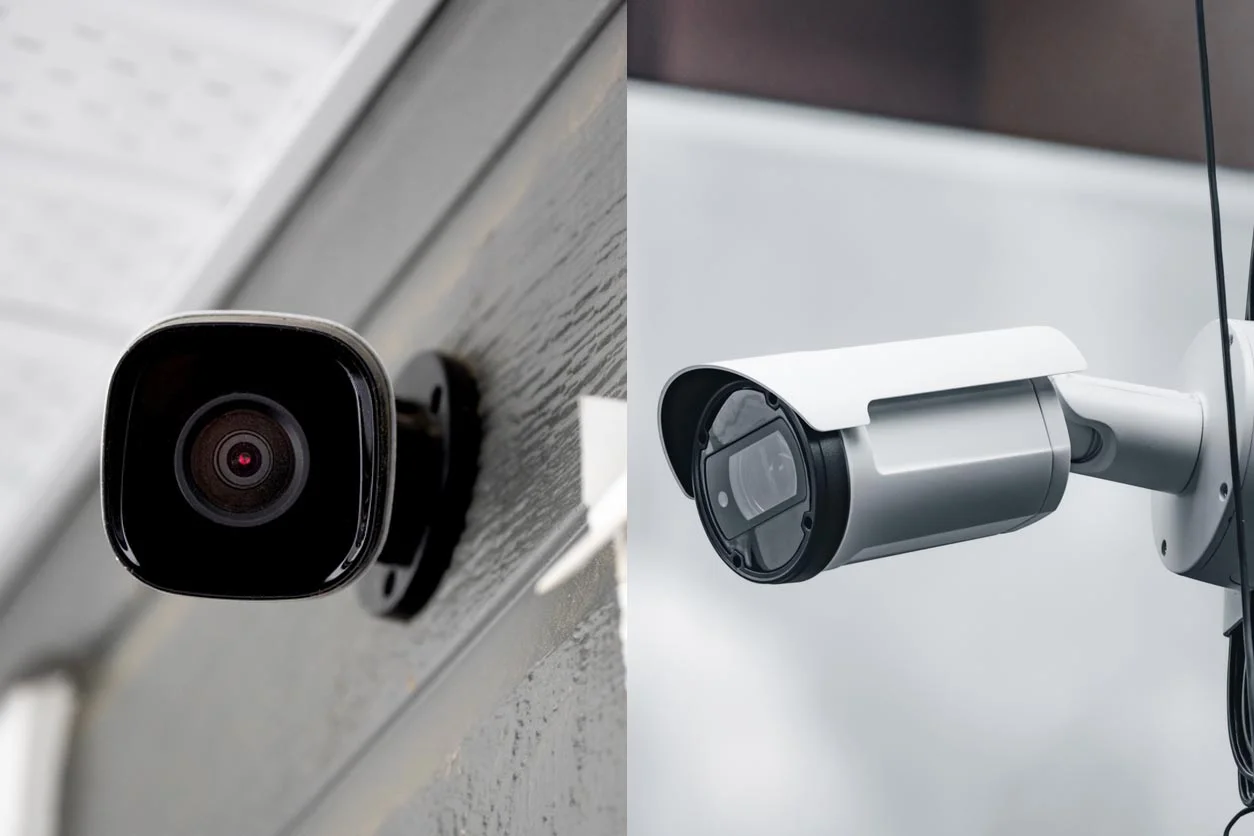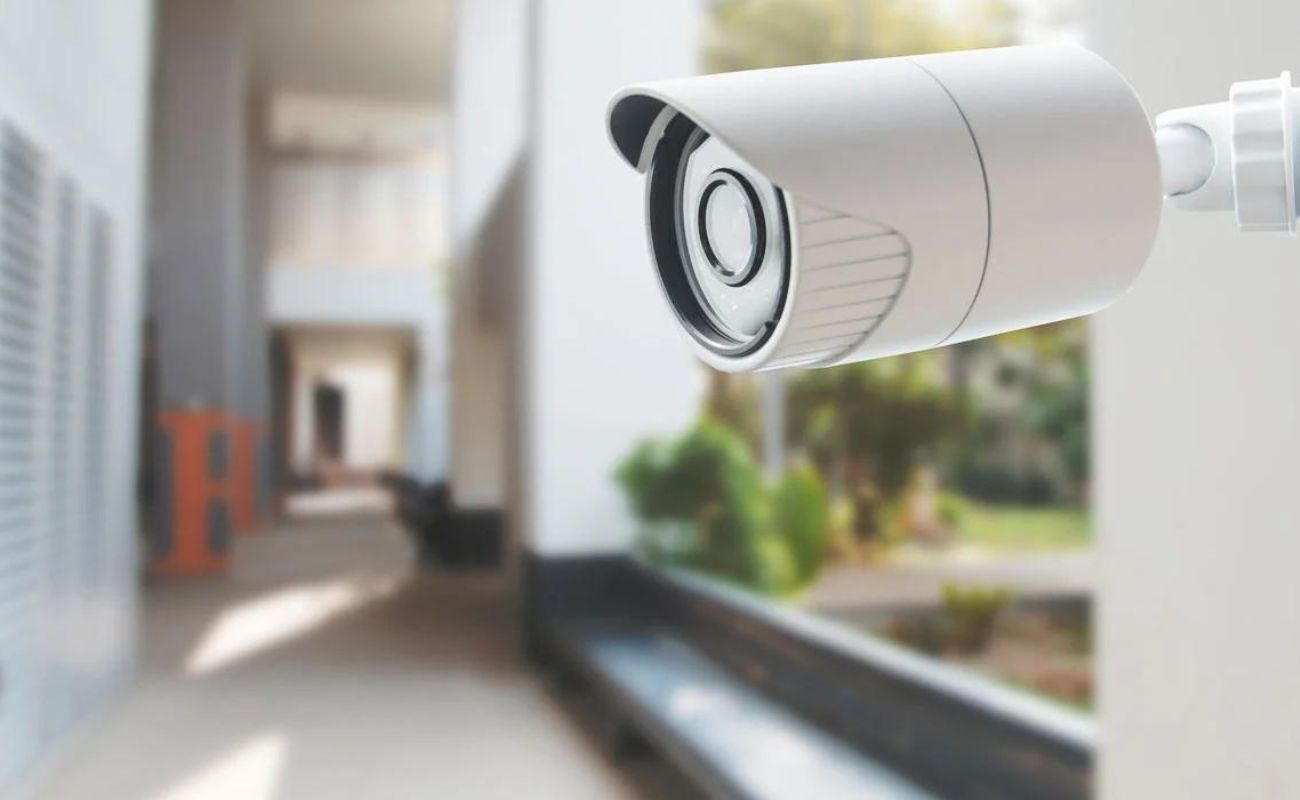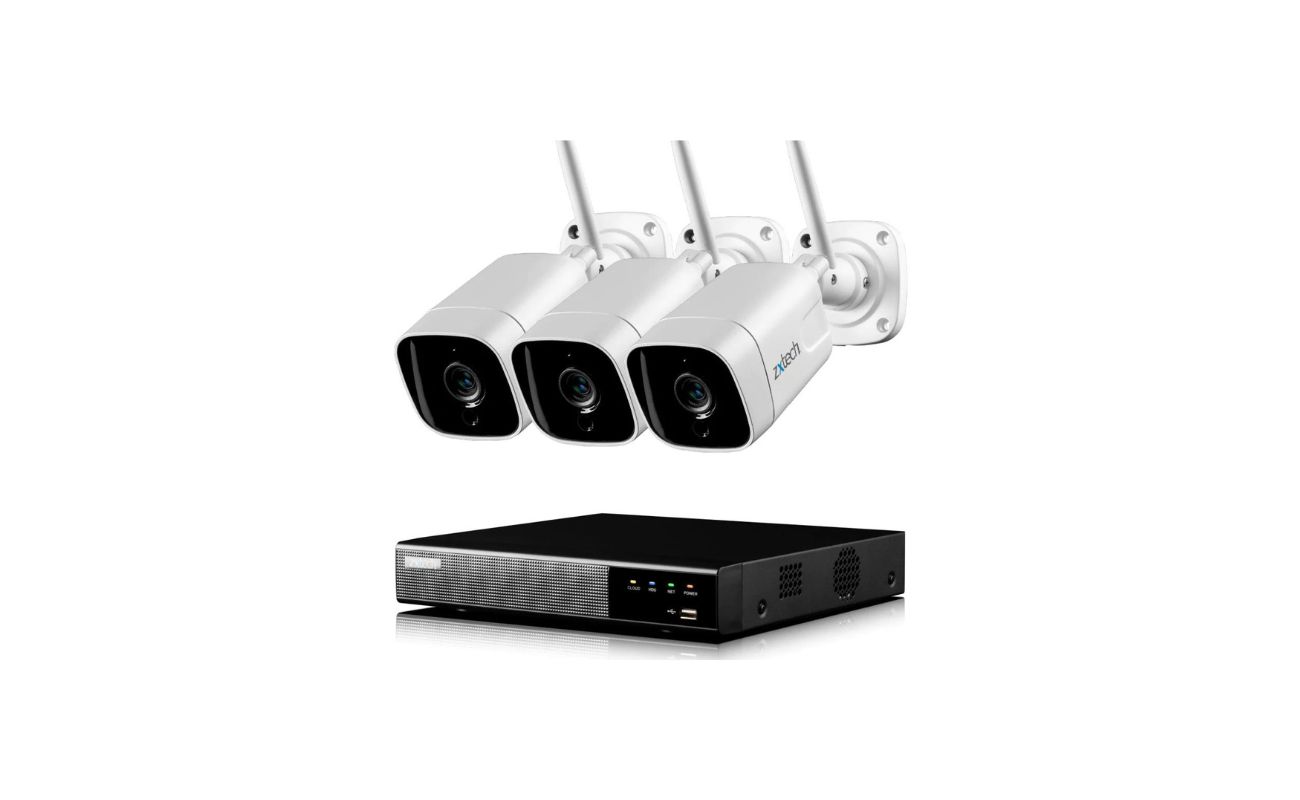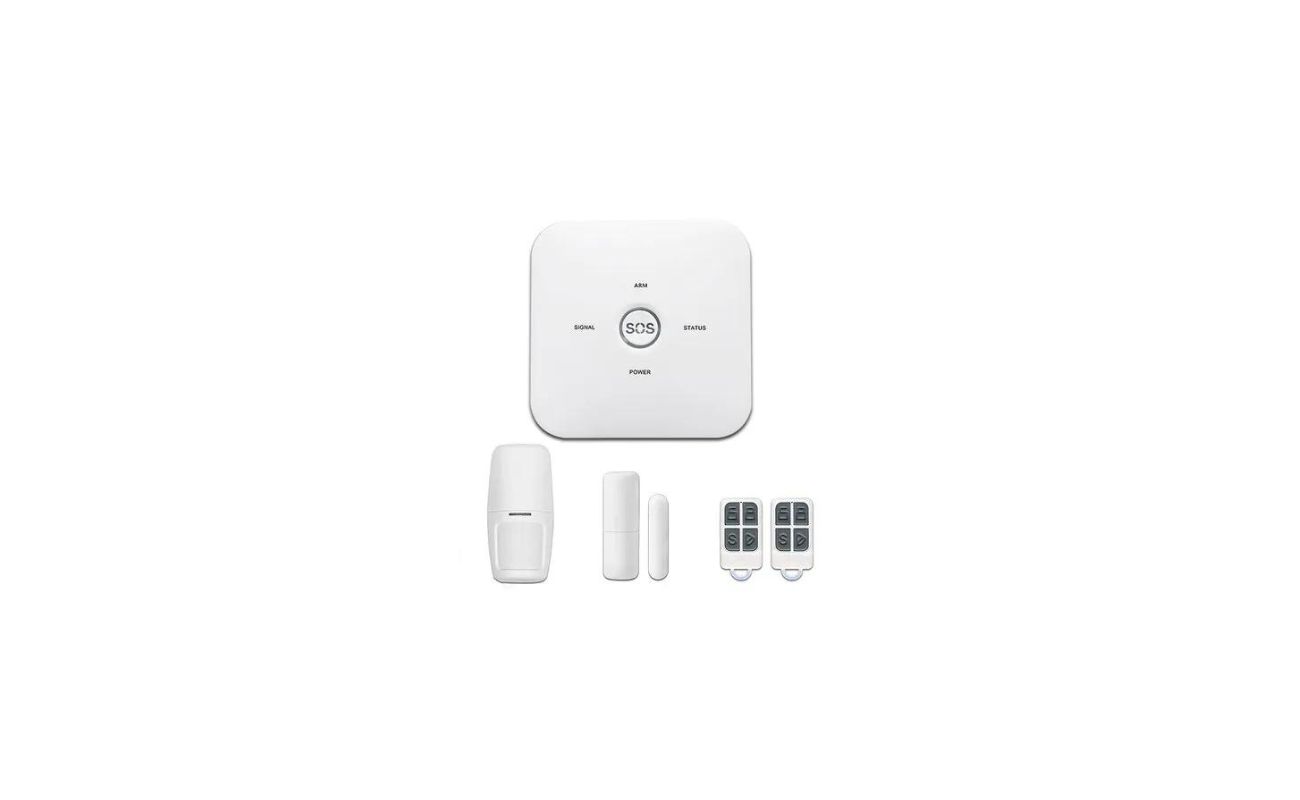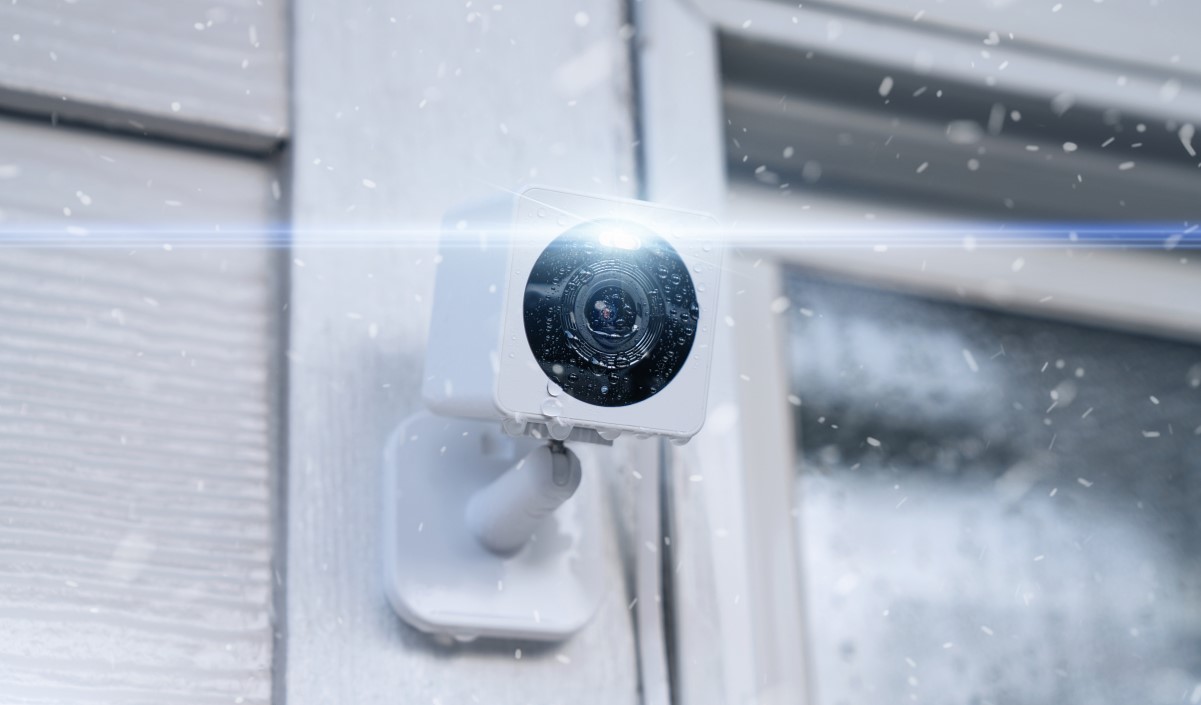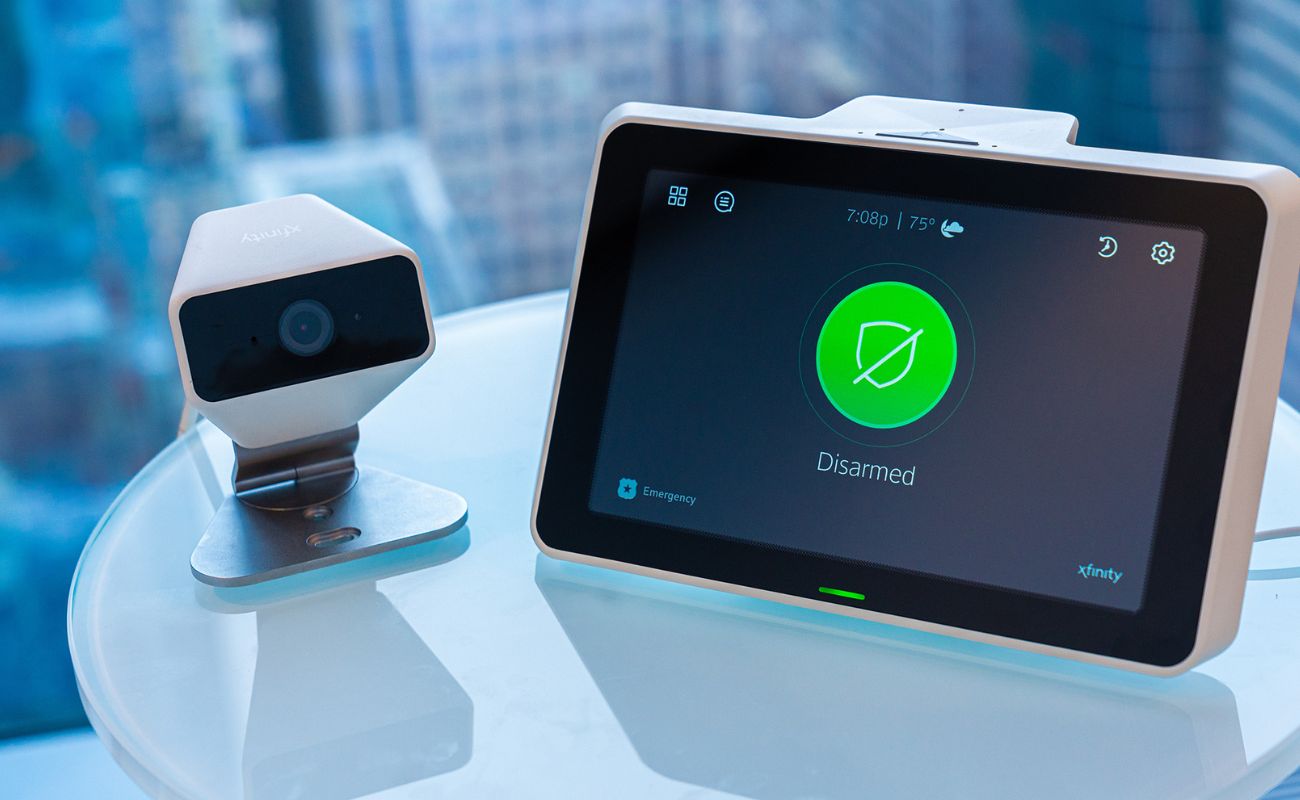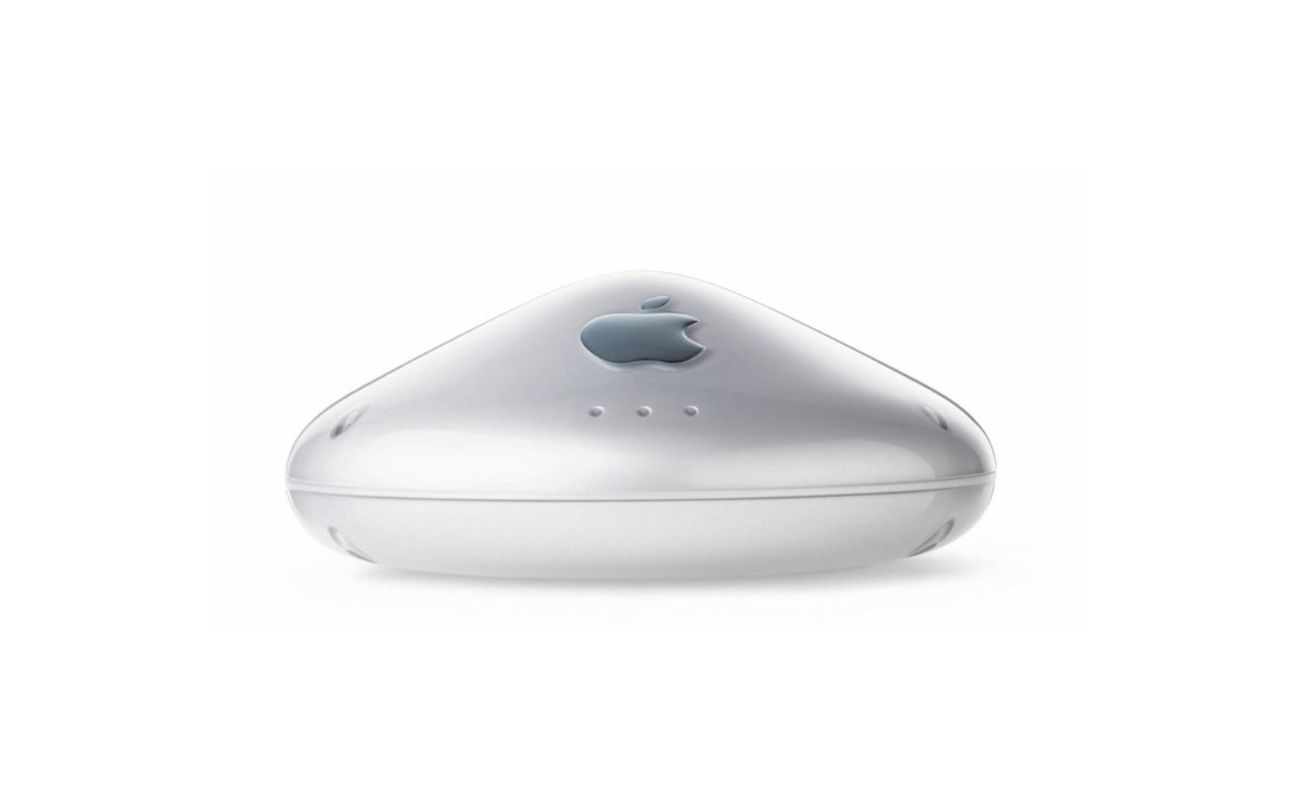Home>Home Security and Surveillance>Which Wireless Security Solution Should You Choose?
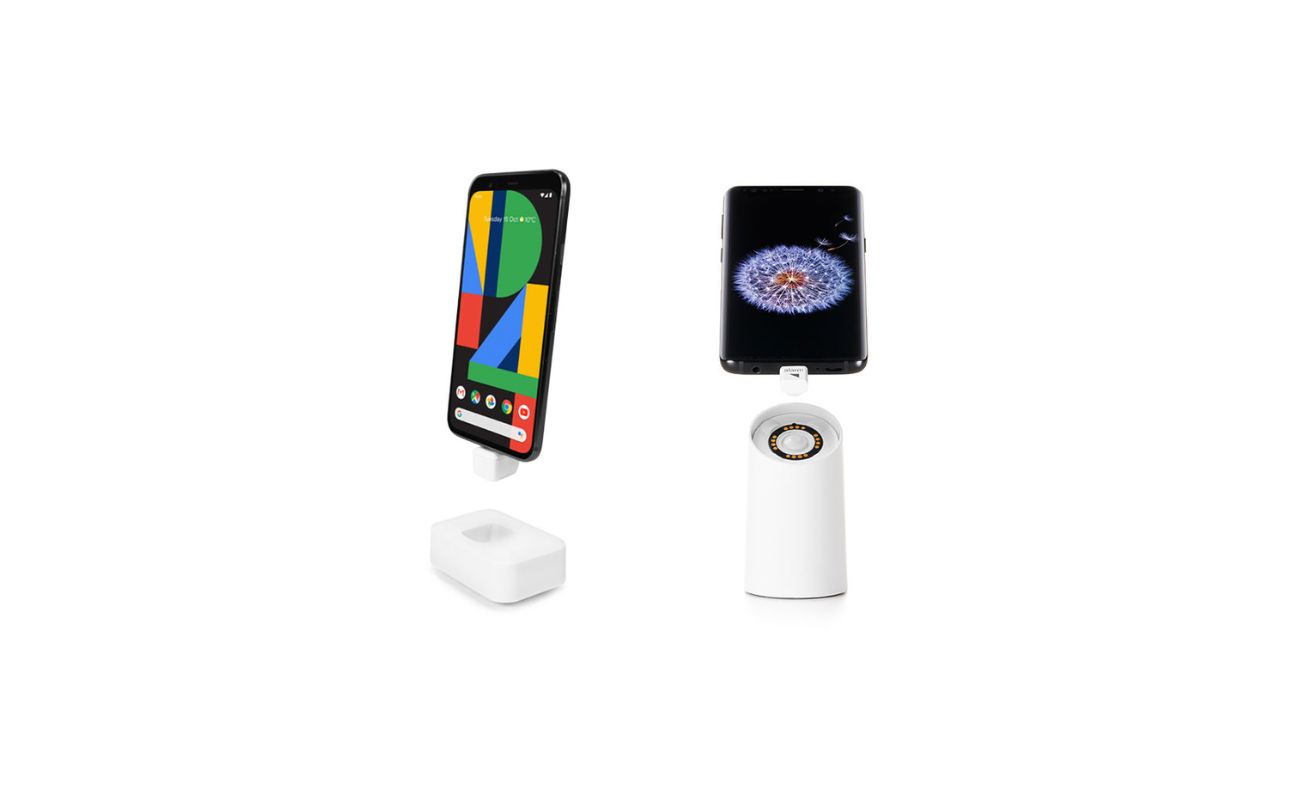

Home Security and Surveillance
Which Wireless Security Solution Should You Choose?
Modified: March 6, 2024
Discover the best wireless security solution for your home. Find out how to choose the right home security and surveillance system to protect your loved ones and valuables.
(Many of the links in this article redirect to a specific reviewed product. Your purchase of these products through affiliate links helps to generate commission for Storables.com, at no extra cost. Learn more)
Introduction
Welcome to the world of wireless security solutions! With the rise of smart home technology, it has become crucial to protect our homes and loved ones from potential threats. Choosing the right wireless security solution is a key step in ensuring the safety and peace of mind we all desire.
Gone are the days when traditional wired security systems were the only option. Wireless security solutions have emerged as a convenient and effective way to monitor and protect our homes. However, with the plethora of options available in the market, it can be overwhelming to determine which one is best suited for our needs. But fret not! In this article, we will explore the key factors to consider and evaluate different wireless security solutions to help you make an informed decision.
When choosing a wireless security solution, it is essential to assess factors such as encryption, ease of installation, reliability, and compatibility. Each option comes with its own strengths and weaknesses, so let’s dive in and explore the various wireless security solutions available to you.
Key Takeaways:
- Choose WPA2 or WPA3 for strong wireless security. Look for easy installation, reliability, and compatibility with your devices. Stay safe and secure with the right choice!
- Consider using a VPN for extra security. It encrypts your data and keeps your online activities private, especially on public Wi-Fi networks. Stay protected wherever you go!
Read more: What Wireless Security Should You Use
Key Factors in Choosing a Wireless Security Solution
When selecting a wireless security solution, several key factors should be taken into consideration to ensure that you choose the most suitable option for your home. These factors will help you evaluate the security, convenience, and compatibility of the system. Let’s take a closer look at these factors:
- Encryption: One of the most critical factors to consider is the level of encryption offered by the wireless security solution. Encryption ensures that your data is securely transmitted over the network, protecting it from unauthorized access. Look for systems that offer advanced encryption protocols such as WPA2 or WPA3 for optimal security.
- Installation: The ease of installation is another crucial factor to consider. Opt for a wireless security solution that provides a user-friendly installation process, allowing you to set up the system quickly and efficiently. Look for systems that offer straightforward instructions and user-friendly interfaces.
- Reliability: A wireless security solution is only effective if it operates reliably. Look for systems that have a strong and stable signal, ensuring consistent connectivity with minimal disruptions. Consider user reviews and ratings to gauge the reliability of a particular system before making a decision.
- Compatibility: It is important to choose a wireless security solution that is compatible with your existing devices and infrastructure. Ensure that the system can seamlessly integrate with your smartphone, tablet, or computer, allowing you to monitor and control your security system remotely.
- Scalability: If you envision expanding your security system in the future, it is crucial to consider the scalability of the wireless security solution. Look for systems that offer the flexibility to add additional cameras, sensors, or other components as needed.
- Remote Monitoring: The ability to remotely monitor your home is a significant advantage offered by wireless security solutions. Look for systems that provide a mobile app or web portal that allows you to monitor live feeds, receive notifications, and control your security system remotely.
By considering these key factors, you can narrow down your options and choose a wireless security solution that meets your particular needs. Now, let’s explore some of the most popular wireless security solutions available in the market.
Option 1: Wired Equivalent Privacy (WEP)
Wired Equivalent Privacy (WEP) was one of the earliest wireless security protocols developed for Wi-Fi networks. It uses a basic encryption algorithm to protect data transmitted over the network. However, over time, WEP has become vulnerable to security breaches, making it a less secure option compared to more advanced protocols.
One of the main drawbacks of WEP is its weak encryption, which can be easily cracked using simple hacking techniques. This raises significant concerns about the security of your network and the potential for unauthorized access to your data. As a result, WEP is no longer recommended as a reliable wireless security solution.
In addition to its weak encryption, WEP also lacks other essential security features, such as authentication and key management. This makes it easier for attackers to gain access to your network by impersonating authorized users.
Despite its vulnerabilities, WEP may still be found in some older devices or legacy systems. If you are currently using WEP, it is highly recommended to upgrade to a more secure wireless security solution, such as WPA2 or WPA3.
Overall, while WEP may have been a viable option in the past, its weak encryption and susceptibility to security breaches make it an outdated and less reliable choice for wireless security. It is crucial to prioritize the security of your network and choose a more advanced and secure wireless security solution.
Option 2: Wi-Fi Protected Access (WPA)
Wi-Fi Protected Access (WPA) is an improved wireless security protocol designed to address the vulnerabilities of its predecessor, WEP. It offers stronger encryption and better authentication mechanisms to enhance the security of Wi-Fi networks.
WPA utilizes the Temporal Key Integrity Protocol (TKIP) for encryption, which dynamically generates unique encryption keys for each data packet transmitted over the network. This helps to prevent attacks that exploit a static encryption key, making it more difficult for unauthorized users to intercept and decipher data.
In addition to encryption, WPA also incorporates the use of the 802.1X authentication framework, which enables more secure user authentication and access control. This requires users to enter a network password or use a security certificate, ensuring that only authorized individuals can connect to the network.
While WPA significantly improves upon the security of WEP, it is still susceptible to certain security vulnerabilities, such as dictionary attacks. These attacks involve trying various combinations of possible passwords until the correct one is found. However, WPA does offer a higher level of security compared to WEP.
It is worth noting that WPA has undergone several iterations, including WPA2 and WPA3, which further enhance its security features. However, WPA may still be in use in certain environments where upgrading to newer protocols may not be feasible due to hardware limitations.
Overall, while WPA provides a stronger level of encryption and authentication compared to WEP, it is still recommended to upgrade to more advanced protocols like WPA2 or WPA3 for better security. However, if you have older devices or systems that are not compatible with newer protocols, WPA can still offer a reasonable level of wireless security.
When choosing a wireless security solution, consider using WPA3 encryption for the highest level of security. It provides stronger protection against unauthorized access to your network.
Option 3: Wi-Fi Protected Access 2 (WPA2)
Wi-Fi Protected Access 2 (WPA2) is currently the most widely used and recommended wireless security protocol. It is an enhanced version of its predecessors, WPA and WEP, and offers robust encryption and advanced security features.
WPA2 employs the Advanced Encryption Standard (AES) algorithm, which provides strong encryption to secure data transmitted over the network. AES is considered highly secure and is widely adopted for various applications, including wireless security.
One of the significant advancements in WPA2 is the introduction of the Counter Mode with Cipher Block Chaining Message Authentication Code Protocol (CCMP). CCMP provides secure data encryption and authentication, making it much more resistant to security breaches compared to previous protocols.
In addition to encryption, WPA2 also incorporates the use of the Pre-Shared Key (PSK) authentication method, also known as Personal mode. This requires users to enter a shared passphrase to gain access to the network. The PSK helps ensure that only authorized individuals have permission to connect to the network.
Another significant feature of WPA2 is the use of the 802.1X authentication framework in Enterprise mode. This enables more robust user authentication, integrating with external authentication servers such as RADIUS (Remote Authentication Dial-In User Service). Enterprise mode provides an extra layer of security for large-scale or business networks.
WPA2 offers a high level of security, making it challenging for unauthorized individuals to gain access to the network or intercept sensitive information. However, despite its strength, WPA2 is not immune to certain vulnerabilities, such as brute force attacks or exploits targeting weak passwords. Therefore, it is crucial to choose strong passwords and regularly update them to ensure maximum security.
Overall, WPA2 is widely regarded as a secure and reliable wireless security protocol. It provides strong encryption, advanced authentication mechanisms, and compatibility with most devices. However, with the emergence of newer protocols like WPA3, it is recommended to consider upgrading to the latest wireless security standards for even stronger protection.
Read more: Which Wireless Security For Linksys
Option 4: Wi-Fi Protected Access 3 (WPA3)
Wi-Fi Protected Access 3 (WPA3) is the latest and most advanced wireless security protocol available. It builds upon the foundation of WPA2 and introduces several significant improvements to enhance the security of Wi-Fi networks.
One of the main advancements in WPA3 is the introduction of individualized data encryption. This means that each device connected to the network has its own unique encryption key, providing stronger protection against eavesdropping and data interception. Even if one device’s encryption key is compromised, the security of other devices remains intact.
WPA3 also offers enhanced protection against brute force attacks by implementing a strengthened key exchange protocol. This protocol makes it much more difficult for attackers to guess or crack the network password, significantly improving overall security.
Another important feature of WPA3 is the introduction of forward secrecy. With this feature, each data transmission over the network is encrypted with a unique session key. Even if an attacker manages to capture a particular data transmission, it cannot be decrypted and used to decrypt other data captured in the future.
Furthermore, WPA3 provides a simplified process for connecting devices to Wi-Fi networks securely. It introduces the Simultaneous Authentication of Equals (SAE) protocol, which makes it easier for users to connect to networks without compromising security. This is especially beneficial for IoT devices or other devices without a screen or keypad.
While WPA3 offers significant improvements in wireless security, it is essential to note that not all devices or routers support this protocol yet. It may take some time before WPA3 becomes the standard across all devices and networks. However, if you have the option to choose a WPA3-compatible device or router, it is highly recommended to take advantage of the advanced security features it offers.
In summary, WPA3 represents the latest and most secure wireless security protocol available. It provides individualized data encryption, enhanced protection against brute force attacks, forward secrecy, and simplified device connection. Although widespread adoption of WPA3 may still be in progress, choosing WPA3-compatible devices and routers can significantly improve the security of your Wi-Fi network.
Option 5: Virtual Private Network (VPN)
While not specifically a wireless security protocol, a Virtual Private Network (VPN) can be an excellent supplement to your wireless security measures. A VPN creates a secure and encrypted connection between your device and the internet, regardless of the network you are connected to.
When you connect to a VPN, all of your internet traffic is routed through a private and secure tunnel, preventing unauthorized parties from intercepting or accessing your data. This is particularly beneficial when using public Wi-Fi networks, which are notorious for their lack of security and potential for snooping.
A VPN encrypts your data, making it virtually impossible for third parties to decipher the information you are transmitting. This added layer of encryption ensures that your online activities, such as browsing, messaging, and accessing sensitive information, remain private and secure.
In addition to enhancing security, a VPN can also provide additional benefits. By connecting to a VPN server located in a different geographic region, you can bypass regional restrictions or access restricted content. This is particularly useful when traveling and wanting to access content that may be unavailable in the location you are currently in.
When choosing a VPN provider, it is essential to opt for a reputable and trustworthy service. Look for providers that offer strong encryption protocols, have a no-log policy, and provide a user-friendly interface. Additionally, ensure that the VPN service supports devices and operating systems you plan to use.
It’s worth noting that while a VPN can add a layer of security, it does not replace other wireless security measures such as WPA2 or WPA3. Using a VPN in conjunction with a secure wireless network can provide a comprehensive and robust security solution for your online activities.
In summary, a Virtual Private Network (VPN) can significantly enhance the security and privacy of your internet connection, regardless of whether you are connected to a wireless network or using a wired connection. By encrypting your data and routing it through a secure tunnel, a VPN ensures that your online activities remain private and protected from potential threats.
Conclusion
Choosing the right wireless security solution is crucial in safeguarding your home and ensuring the privacy and protection of your network. By considering key factors such as encryption, installation ease, reliability, compatibility, scalability, and remote monitoring, you can make an informed decision that addresses your unique needs and preferences.
While options like Wired Equivalent Privacy (WEP) offer outdated and weaker security, more advanced protocols like Wi-Fi Protected Access (WPA2 and WPA3) provide robust encryption and authentication mechanisms, making them highly recommended for secure wireless networks. Additionally, using a Virtual Private Network (VPN) as a supplement can further enhance your security and privacy, particularly when connected to public Wi-Fi networks.
It’s important to assess your specific requirements, future expansion plans, and budget when choosing a wireless security solution. Regularly updating your systems and devices to the latest security protocols is advised to stay ahead of potential vulnerabilities and threats.
Remember to prioritize the security of your network, devices, and personal information. Stay vigilant by implementing strong passwords, regularly updating firmware, and monitoring any suspicious activities on your network.
By applying these principles and selecting the most appropriate wireless security solution, you can create a safe and secure environment for your home or business, offering peace of mind and protection against potential security risks.
Frequently Asked Questions about Which Wireless Security Solution Should You Choose?
Was this page helpful?
At Storables.com, we guarantee accurate and reliable information. Our content, validated by Expert Board Contributors, is crafted following stringent Editorial Policies. We're committed to providing you with well-researched, expert-backed insights for all your informational needs.

